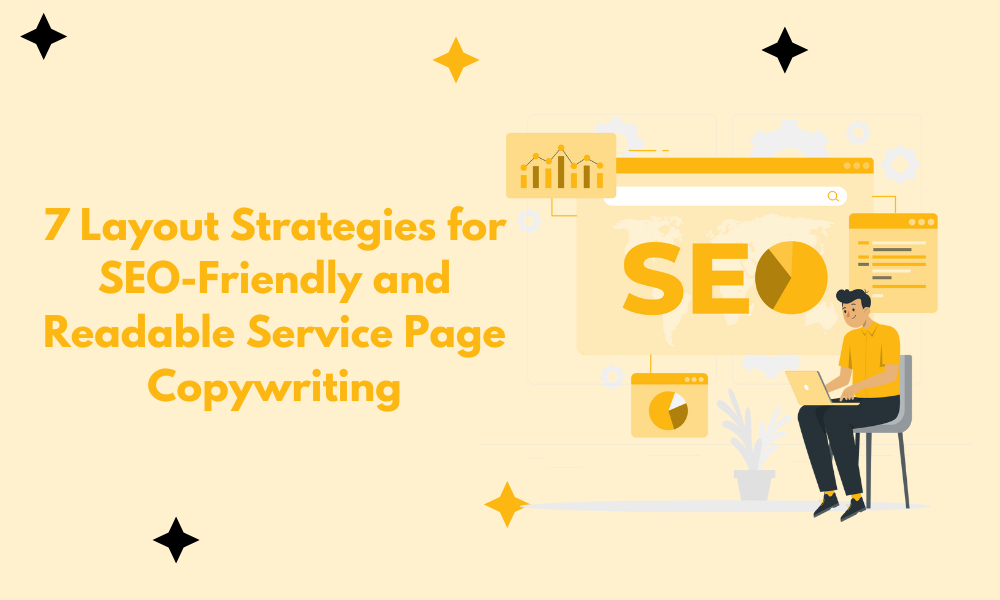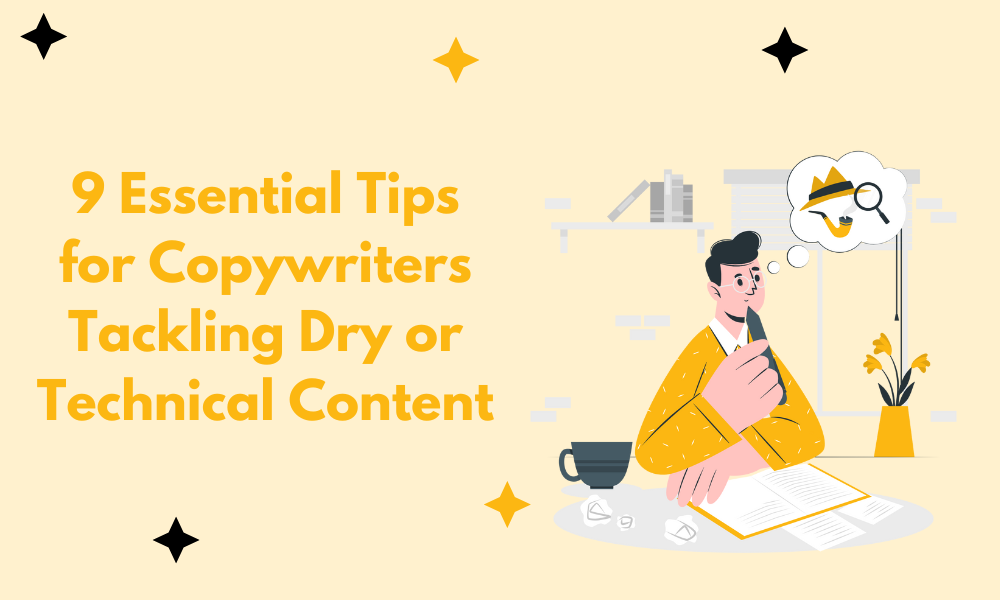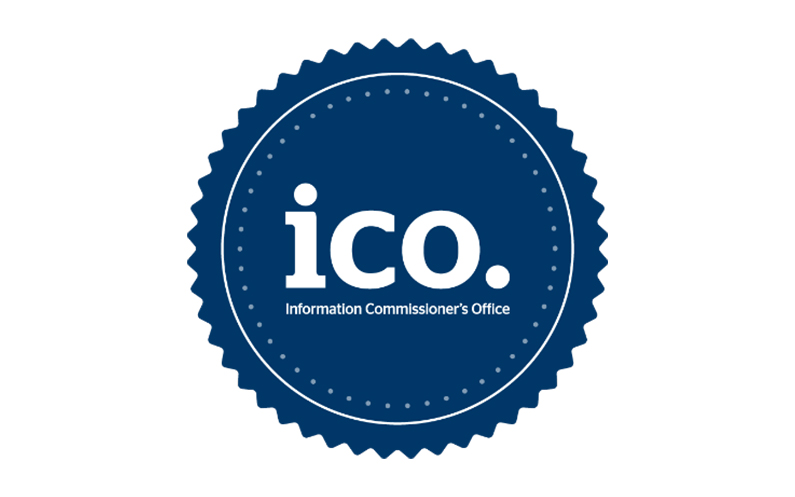Establishing a strong brand is key to business success. Your brand identity clearly communicates what your company stands for, how you benefit customers, and why people should choose you.
Investing in professional branding services helps crystallise and broadcast your unique brand image consistently across touchpoints. Here are nine key types of branding services to fuel your business growth.
Table of Contents
Toggle1. Logo Design
As a visual embodiment of your brand identity, an impactful logo is foundational to making strong first impressions. An experienced graphic designer can distil your brand personality into an iconic, memorable logo that pops across digital and print touchpoints.
Your logo should encapsulate your vision, values, and positioning through creative shapes, colours, fonts, and graphic elements. For example, the Nike “swoosh” logo is an abstract checkmark that implies forward movement, speed, and athleticism.
Your graphic designer provides logo files for both digital and print usage, along with guidelines on clear space, size, colour variations, backgrounds, and usage examples across contexts, from business cards to websites. Getting the logo right from the start prevents expensive redesigns down the road.
Ongoing logo maintenance entails adapting it for newer contexts like mobile apps or virtual events as platforms evolve. Periodic logo refreshes also keep your brand looking current amid shifting aesthetics. For instance, Uber has updated its logo a few times while retaining brand recognition.
2. Website Design
As a central online hub for your brand, your website design should completely align with and reinforce your desired image. Visitors instantly form visual impressions based on your site’s colour scheme, fonts, layout, imagery, and shape or iconography built into key elements.
If positioning your company as an innovative, cutting-edge industry leader, ensure your website has a bold, sleek, modern aesthetic. Stock photography should feature diverse teams collaborating. Creative visual effects can also enhance key pages for services or product launches.
Conversely, positioning as a heritage brand with decades of expertise may warrant more traditional design elements like serif fonts, legacy product photos, illustrations, and rich saturated colour palettes. Reinforcing brand consistency across your logo and website fosters instant recognition and trust.
Ongoing website maintenance also fuels smooth user experiences amid changing technologies, security threats, and platform shifts in visitor behaviour. Staying atop the latest web design trends keeps your brand continually feeling fresh, progressive, and customer-focused.
3. Taglines & Slogans
Brief, catchy taglines or slogans effectively communicate your brand promise. These short phrases should encapsulate your vision, values, personality, and competitive advantage. Memorable ad slogans have stuck in customer’s minds for years, continually reinforcing what your brand stands for.
For example, De Beers’ enduring tagline “A Diamond is Forever” positioned the gems as the ultimate symbols of timeless romance and commitment. Nike’s “Just Do It” slogan conveys passion, drive, achievement, and living fully in the moment.
When brainstorming brand slogans and taglines, leverage market research insights into target audience motivations. Test ideas extensively internally and externally to choose a resonant phrase that conveys your authentic brand voice. Consistently feature your slogan across touchpoints in messaging and campaigns. Revisiting your slogan periodically ensures it remains timely amid cultural shifts.
4. Brand Positioning Framework
Your brand positioning framework clarifies exactly who you serve, the specific needs you address, and why target audiences should choose your brand over alternatives. Solid positioning stems from market research data to pinpoint target demographics along with their motivations and pain points.
Surveys, focus groups, interviews, and customer analysis shape real-world insights to guide strategic positioning. For example, Dove rose to fame by positioning their brand as synonymous with promoting inner beauty, confidence, and self-esteem for women rather than unrealistic societal beauty ideals. Its long-running Campaign for Real Beauty reflects this resonant brand purpose.
Regularly revisit your brand positioning framework as audiences, category dynamics and competitive landscapes shift. Ensure your identified target segments, messaging frameworks, and differentiators remain compelling and true over time.
5. Defining Your Brand Voice
Your brand voice encompasses your style and tone across all touchpoints, from blogs to ads to customer interactions. Think of your brand voice as a distinct personality. Is your brand formal or casual? Serious or humorous? Analytical or friendly? Youthful or wise?
Workshops focused on drafting sample content in typical formats help codify what your ideal brand voice sounds like. Content style guidelines and tone-of-voice templates maintain consistent messaging across teams. Ongoing brand voice training fosters aligning external-facing interactions with your personified identity.
For example, innocence reflects the brand voice of Children’s skincare company Babyganics. Their playful, caring tone reassures parents while connecting emotionally with kids. Maintaining expressions of your brand voice nurtures lasting relationships with target audiences.
6. Blog Content
Blogging positions your brand as an industry thought leader by showcasing expertise. Useful, engaging blogs organically attract and nurture website visitors over time. The outbound promotion also drives blog traffic and SEO.
ALCONE Marketing fuels consistent technical content output for clients through dedicated blog teams. Their writers create SEO Optimised blogs, eBooks, and guides, and more aligned with brand messaging frameworks. Topics strategically target audience pain points and industry trends.
For example, an accounting software company can publish tips simplifying small business bookkeeping and taxes. A caterer shares seasonal recipes and party-planning ideas. Such evergreen, practical advice builds authority and mind share.
7. Social Media Content
With billions of active users worldwide, social media is indispensable for brand-building today. Beyond company pages and profiles, social content spotlights your expertise through employee thought leadership. Short videos and infographics make digestible connections, while lively images and captions project unique personalities.
According to Sprout Social, 87% of marketers say visual content is core to social media success. Yet balancing creativity with on-brand consistency is vital. Governance via social media guidelines and planning calendars ensures strategic alignment for both in-house community managers and agencies.
Choosing signature colours, fonts, shapes, and graphic styles maintains consistent social branding. Netflix uses strong typography and imagery, while Starbucks features warm tones and focuses on the cup. Profile images and cover photo templates reinforce unified visual identity across social channels.
8. Advertising Creative
Brand advertising encompasses a spectrum of formats beyond product-focused ads to shape holistic perceptions. TV, radio, and digital commercials, out-of-home billboards, print ads, online banners, trade show booths, and more all provide canvases for showcasing brand identity.
Kick off every new campaign or initiative with tightly scoped creative briefs. These overview objectives, target audiences, requested formats, distribution channels, branding requirements, deadlines, and success metrics. Creative brief templates customise standard inputs for specific internal teams or external agencies.
Reviewing past campaign assets and creativity helps inform new directions, too. Maintain an inspiring library of brand imagery, footage, colour palettes, iconography, approved fonts, and logos with versions tailored for all contexts, from print ads to Instagram posts to presentations. Reference these visual brand guidelines in creative briefs to foster consistency amid innovation.
For example, Apple advertising famously features clean, minimalist design focused directly on depicting products and closing with some artistic extra pop of colour. The stark, sleek aesthetic shapes immediate perceptions of sophisticated innovation. By maintaining this visual identity, Apple’s advertising continues to feel cohesive yet flexible across diverse conceptual directions.
9. Branded Merchandise
Branded merchandise displays your logo proudly wherever customers take it, from sweatshirts to water bottles, notebooks, and more. Trade show giveaways, client gifts, new hire packs, contests, or events offer opportunities for branded merchandise to excite audiences about repping your brand.
Start by exploring merchandise aligned with your target demographics. For example, fashion startups could offer logo tees or hats, while enterprise software firms may choose to charge cables, laptop sleeves, or pop sockets for on-the-go tech users.
The merchandise itself provides a canvas to express brand identity through sustainable production methods, durable materials, and stylish designs. For example, Yeti coolers skilfully blend high performance with an outdoorsy aesthetic on-trend. Partnering with experienced merchants ensures merch resonates. They can source manufacturers meeting your standards for ethics and quality, too.
Branded merchandise acts as an ongoing touchpoint keeping your brand top of mind whenever used. It provides physical manifestations of brand loyalty to build community and word-of-mouth buzz. Useful, high-quality items enjoy the most retention and visibility over time.
Conclusion
Investing in unified branding services fuels the consistency and differentiation that enable leading brands to stand apart amid saturation. Defining and reinforcing your unique brand identity at all customer and prospect touchpoints fosters emotional resonance. This drives sustainable preference, trust, and loyalty beyond transactional sales.
If you need help clarifying and broadcasting your unique brand persona to propel business growth, I offer a free 30-minute consultation.
Book a meeting to get started strategising professional content services to get you on track with providing content that resonates with your target audience.







